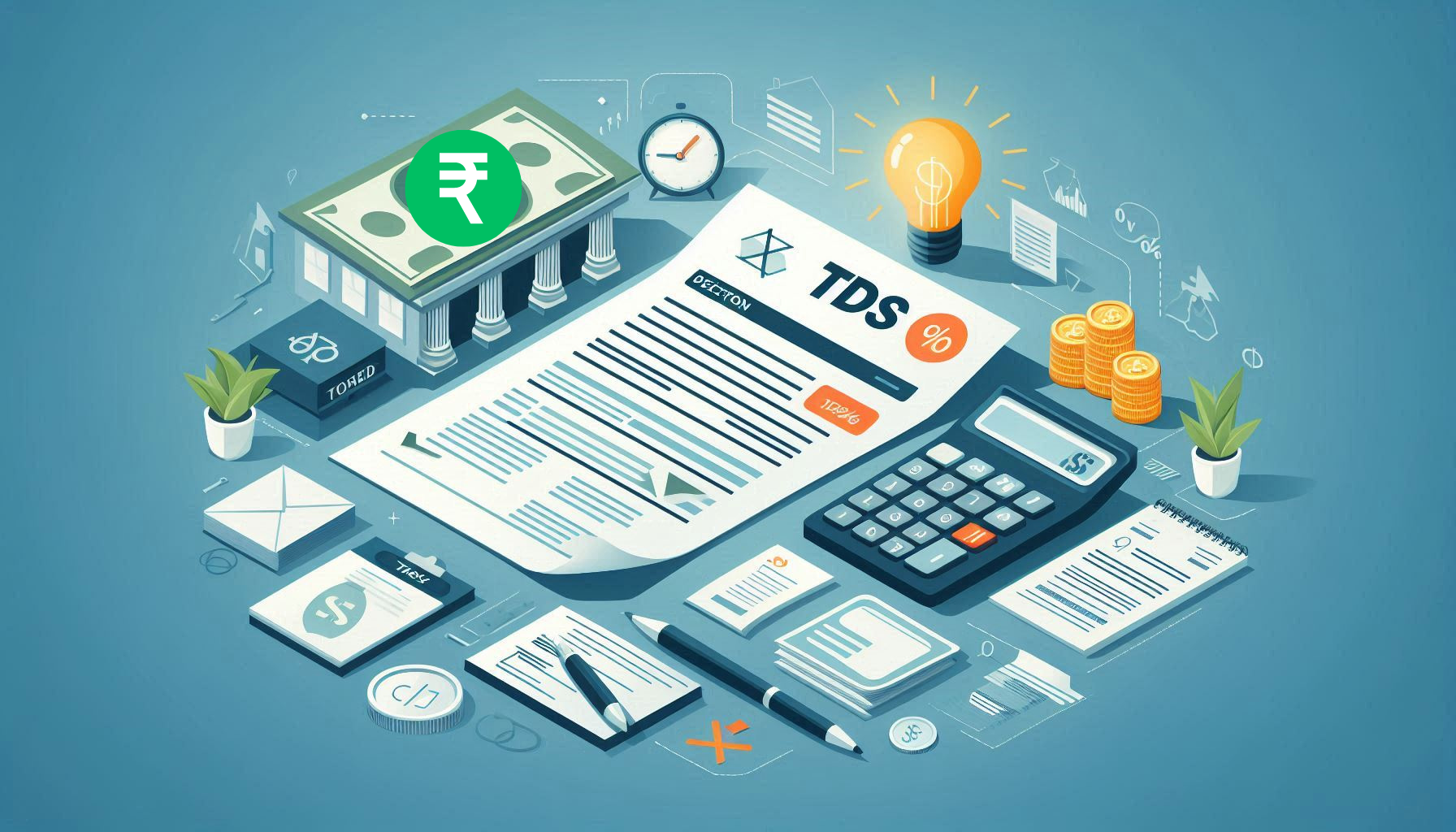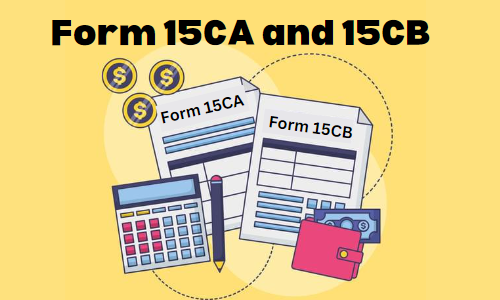Taxation is a vast and often complicated subject. Yet, understanding its intricacies can significantly impact your financial health and compliance. One such crucial aspect of Indian taxation is Section 195 of the Income Tax Act. This section governs the tax deducted at source (TDS) on payments made to non-residents. If you’re dealing with international transactions or payments, this is one piece of legislation you must be familiar with. Let’s dive in and explore what Section 195 entails, why it’s important, and how it affects you.
In this article, we will discuss about...
Introduction to Section 195
Before we get into the nitty-gritty, it’s essential to grasp the basics. Section 195 of the Income Tax Act mandates the deduction of TDS on payments made to non-resident individuals or companies. This section aims to tax the income generated in India by non-residents at the source itself.
Why does this matter? Well, globalization has led to an increase in cross-border transactions. With businesses expanding globally, payments to foreign entities are more common than ever. These payments could be for services, interest, royalties, or other forms of income. The Indian government, through Section 195, ensures that such income doesn’t escape taxation.

Understanding the Scope of Section 195
Now, let’s delve deeper into the scope of this section. Section 195 applies to any person responsible for making a payment to a non-resident, which could include individuals, companies, or any other entity. The nature of the payment can vary widely and includes:
- Interest
- Dividends
- Royalties
- Fees for technical services
- Any other sum chargeable under the provisions of the Income Tax Act
TDS Rate Under Section 195
The TDS rate under Section 195 isn’t uniform and varies based on the type of income being paid. Here’s a quick overview of some common scenarios:
- Interest payments: Typically taxed at 20%
- Royalties: 10% on certain royalties
- Fees for technical services: Generally 10%
- Dividends: Subject to the provisions of the Double Taxation Avoidance Agreement (DTAA) between India and the respective country
It’s important to note that these rates can be influenced by the applicable DTAA, which often provides for reduced tax rates on certain types of income. Therefore, always check the relevant DTAA provisions before making any payment.
Consult CA Arun Tiwari for more information at 📞 8080088288 or cs@aktassociates.com
Compliance Requirements
Understanding the compliance requirements under Section 195 is crucial for avoiding penalties. Here are the key steps you need to follow:
1. Obtain PAN of the non-resident: Before deducting TDS, ensure that the non-resident payee has a valid Permanent Account Number (PAN). If the PAN isn’t available, TDS might be deducted at a higher rate.
2. Determine the TDS rate: As mentioned earlier, the TDS rate depends on the nature of the payment and the applicable DTAA.
3. Deduct TDS at the source: The person making the payment is responsible for deducting TDS before transferring the amount to the non-resident.
4. Deposit the TDS with the government: The deducted TDS must be deposited with the Indian government within the prescribed timelines.
5. File TDS returns: Regularly file TDS returns, providing details of the deducted and deposited TDS.
6. Issue TDS certificates: The deductor must issue TDS certificates to the non-resident payee, which can be used to claim tax credit in their home country.
Form 15CA and 15CB
An additional compliance step involves the submission of Form 15CA and, in some cases, Form 15CB.
- Form 15CA: This is a declaration by the remitter and is used to furnish details of the remittance and TDS.
- Form 15CB: This is a certificate issued by a Chartered Accountant (CA) and is required if the payment exceeds a certain threshold. The CA certifies that the due diligence regarding the TDS deduction has been carried out.
Challenges and Practical Considerations
Navigating Section 195 can be tricky due to its complexities and the potential for hefty penalties in case of non-compliance. Here are a few challenges and practical tips to keep in mind:
- Interpretation of Tax Laws: The interpretation of what constitutes ‘income chargeable to tax’ can sometimes be contentious. It’s advisable to consult with tax experts or legal advisors to ensure clarity.
- Double Taxation Avoidance Agreements (DTAA): While DTAAs provide relief by reducing the tax burden, understanding and applying them correctly is crucial. Each DTAA has unique provisions that need to be meticulously followed.
- Higher TDS in Absence of PAN: Non-residents must have a PAN to avoid higher TDS rates. Ensure that you assist your foreign partners or clients in obtaining a PAN if necessary.
- Regular Updates: Tax laws and regulations are subject to change. Stay updated with the latest amendments to ensure compliance.
Importance of Section 195 in Global Transactions
In today’s interconnected world, cross-border transactions are commonplace. Section 195 plays a pivotal role in such transactions by ensuring that India gets its due share of taxes from income generated within its borders. This section not only helps in widening the tax base but also promotes transparency and accountability in international dealings.

Real-world Examples
To put things into perspective, let’s consider a couple of examples:
1. Payment for Technical Services: An Indian software company hires a US-based consultant for technical services. The payment made to the consultant falls under the purview of Section 195, and the Indian company must deduct TDS at the applicable rate before making the payment.
2. Royalty Payment: An Indian publishing house pays royalties to a UK author for the rights to publish their book in India. Again, Section 195 comes into play, and the publishing house must deduct TDS on the royalty payment.
Conclusion
Anyone involved in making payments to non-residents must understand Section 195 of the Income Tax Act. Compliance with this section ensures that the Indian government receives its fair share of taxes from international transactions, thereby contributing to the country’s economic health.
Whether you’re a business owner, an accountant, or simply someone dealing with cross-border payments, being aware of the intricacies of Section 195 can save you from potential legal hassles and financial penalties.
We hope this article has demystified Section 195 for you. If you have any questions or thoughts on this topic, feel free to leave a comment below.


